Tarantulas are secretive spiders that live in burrows or in trees, they are not spotted regularly. Therefore, there are only 6 reported species of tarantulas in Texas. There may be more species, which have not been found yet.
Where To Find Tarantulas In Texas
Tarantulas live throughout Texas, often spotted in semi-open areas and grasslands. They use burrows, old rodent burrows, and loose bark as shelters. They sometimes dig their own burrows.
If you want to find a tarantula in Texas, you will need to lift stones and logs in grassland areas in the hope of spotting one.
Types Tarantulas In Texas
The 6 reported tarantulas spotted in Texas to date include:
1. Aphonopelma hentzi
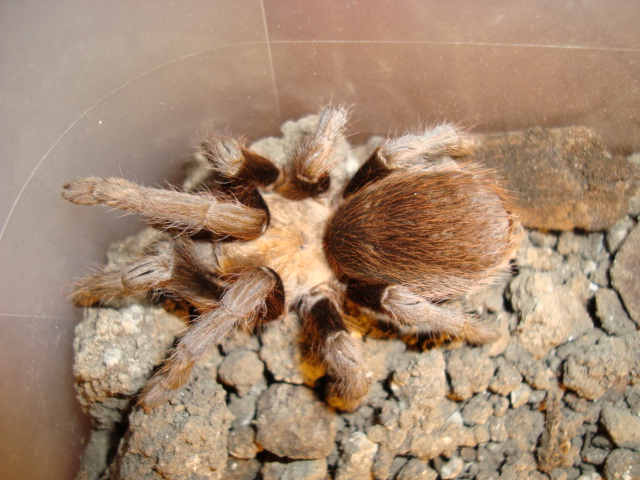
Scientific name: Aphonopelma hentzi.
Common name: Texas brown tarantula, Oklahoma brown tarantula, Missouri tarantula.
This is better known as the Texas brown tarantula and is one of the most common species in the United States.
They grow to 4 inches (10cm) in leg span with dark brown bodies.
They are not usually aggressive and tend to be rather docile, standing on their hind legs when disturbed. They have urticating hairs on their belly, which they kick off in the direction of whatever is threatening them.
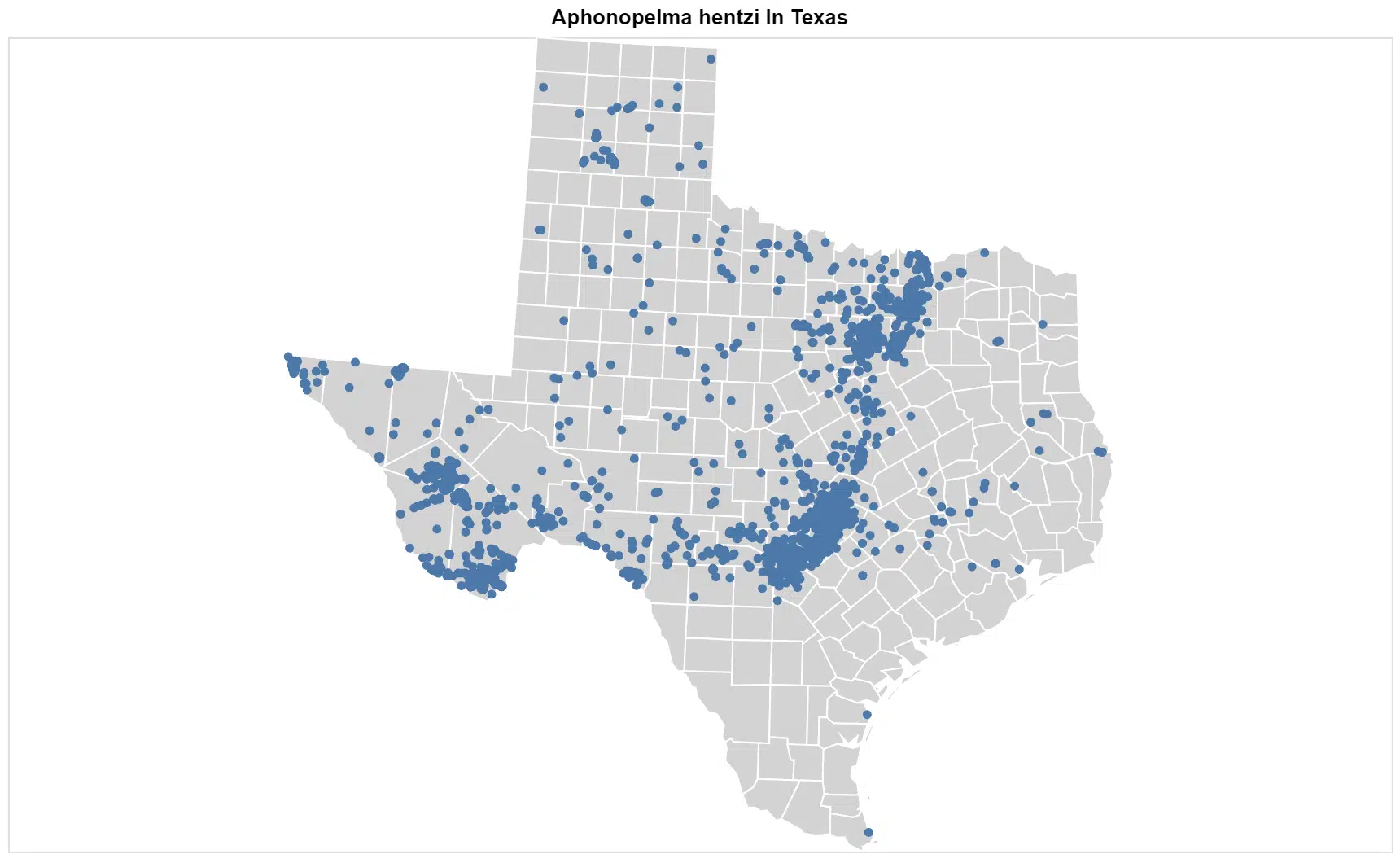
They live in burrows underground and grasslands. They use a web at the entrance to their shelter to detect any prey that may come past.
2. Aphonopelma anax

Scientific name: Aphonopelma anax.
Common name: Texas tan tarantula.
This tarantula is known as the Texas tan tarantula and is the largest of the tarantulas that have been spotted in the United States, reaching a leg span of 5 inches and some females recorded at 6 inches.
They are not fast growers and live for many years before they mature. Females are larger than the male with males having longer legs.
This tarantula is a mix of tan and dark brown coloration.
They have urticating hairs, which they can kick back in the direction of any threats.
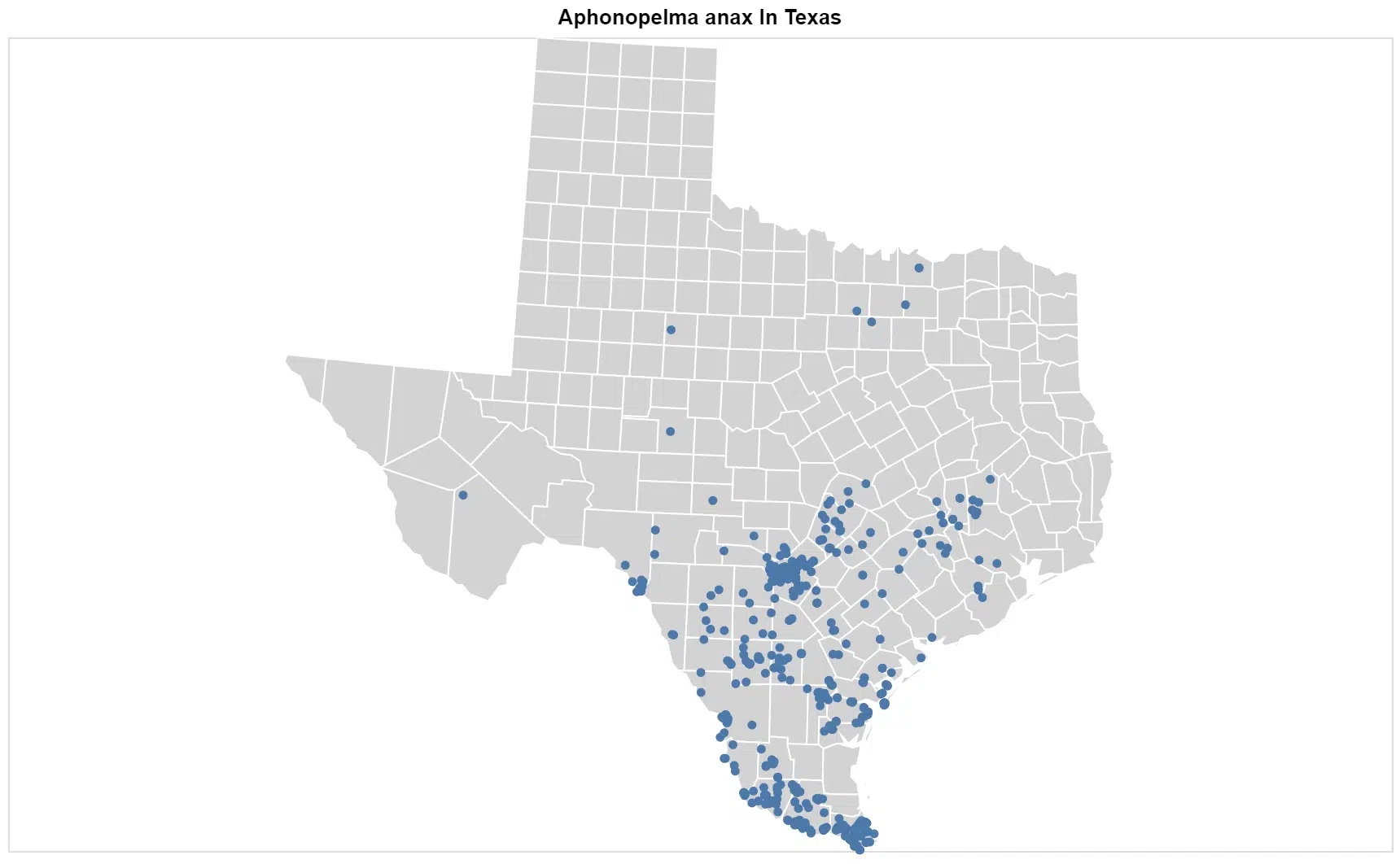
They have been found in Southeastern Texas, where they prefer a semi-arid climate, often spotted in shrub forests and grasslands. They have sometimes been spotted in the city.
3. Aphonopelma armada

Scientific name: Aphonopelma armada.
Common name: Texas black spot tarantula.
This tarantula is another of the tarantulas that live below the ground in burrows that have been made by other animals or they make their own. Their burrow comprises of their own web, which protects them from the environment and helps them detect predators.
This tarantula is not aggressive, but it will try and defend itself if it feels threatened. The first line of response is to run away. It may rise up on its hind legs, stretching the front legs out in front of it, helping it look bigger and more threatening.
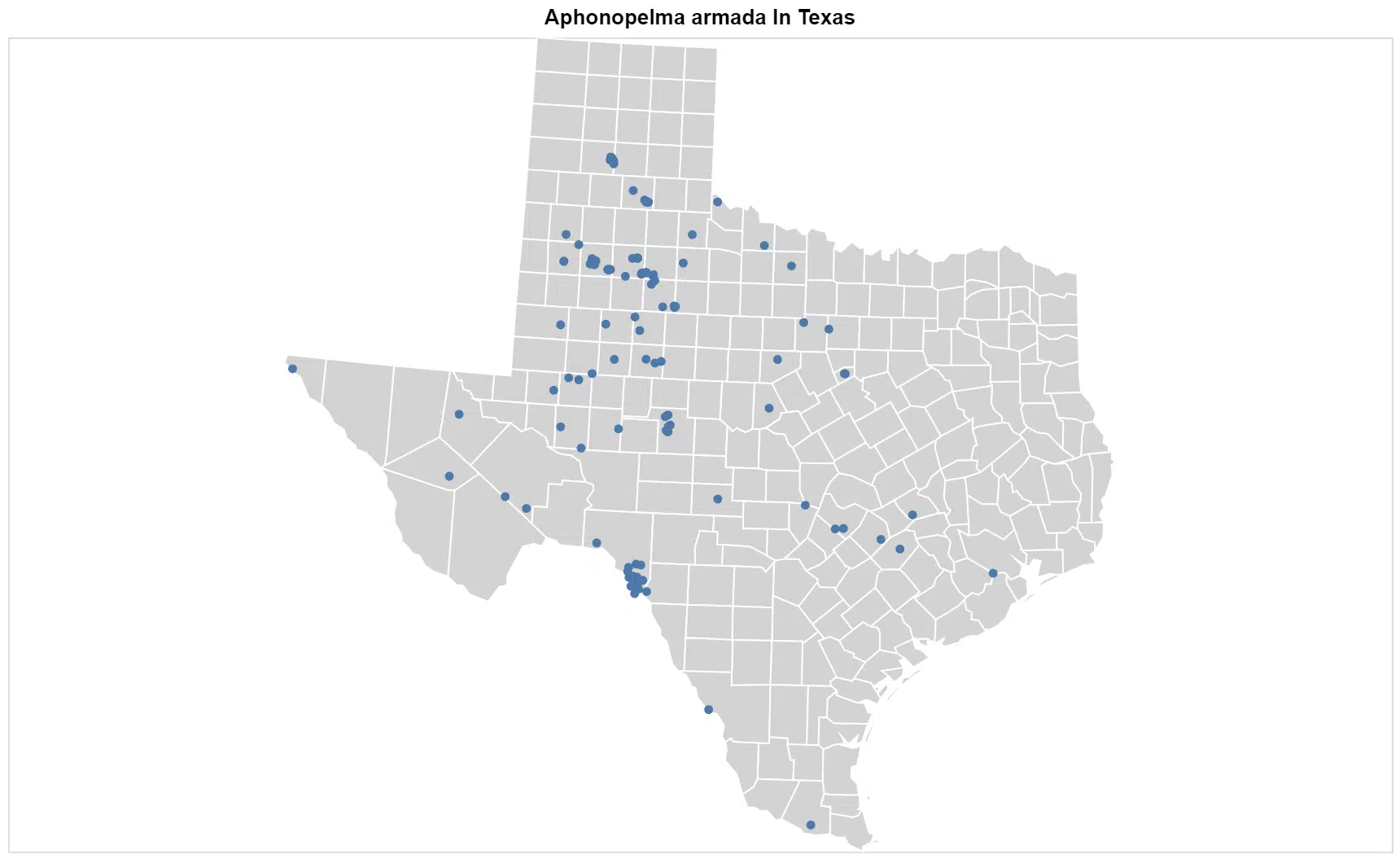
4. Aphonopelma gabeli

Aphonopelma gabeli
Scientific name: Aphonopelma gabeli.
Common name: Carlsbad Green.
This tarantula is another of the large hairy spiders from the Theraphosidae species that can be spotted in west Texas. They are also found throughout the Chihuahuan Desert in southeastern Arizona, and southern New Mexico.
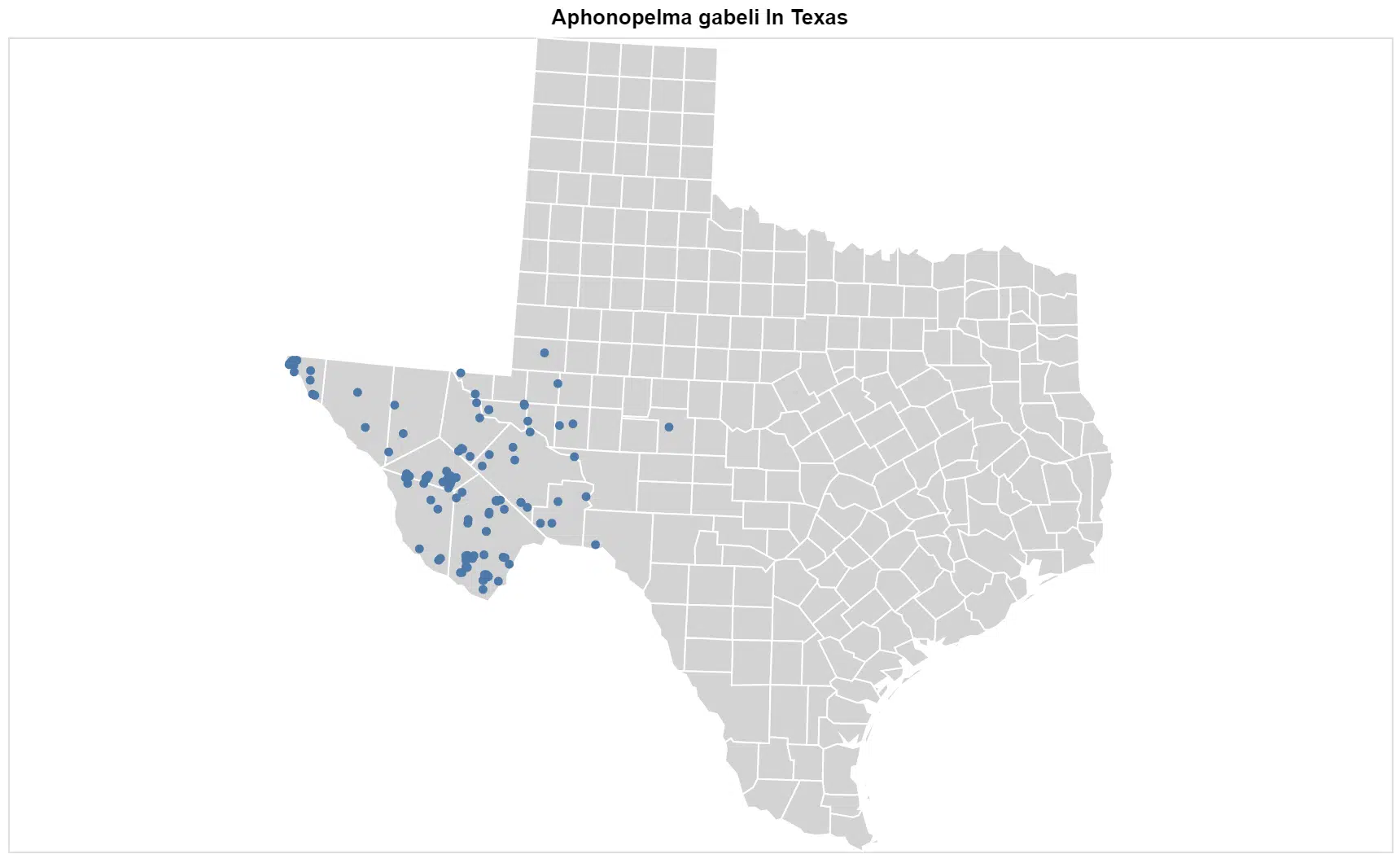
They are venomous and some bites can be exceptionally uncomfortable. These spiders have large fangs, which can puncture the skin and turn into a secondary infection if medical treatment isn’t provided.
They are docile and relatively harmless to humans. They would rather hide than come out and face you.
If threatened they will brush off their belly hairs, raise up on their hind legs and push their front legs out, in an attempt to make themselves look bigger.
5. Aphonopelma moderatum
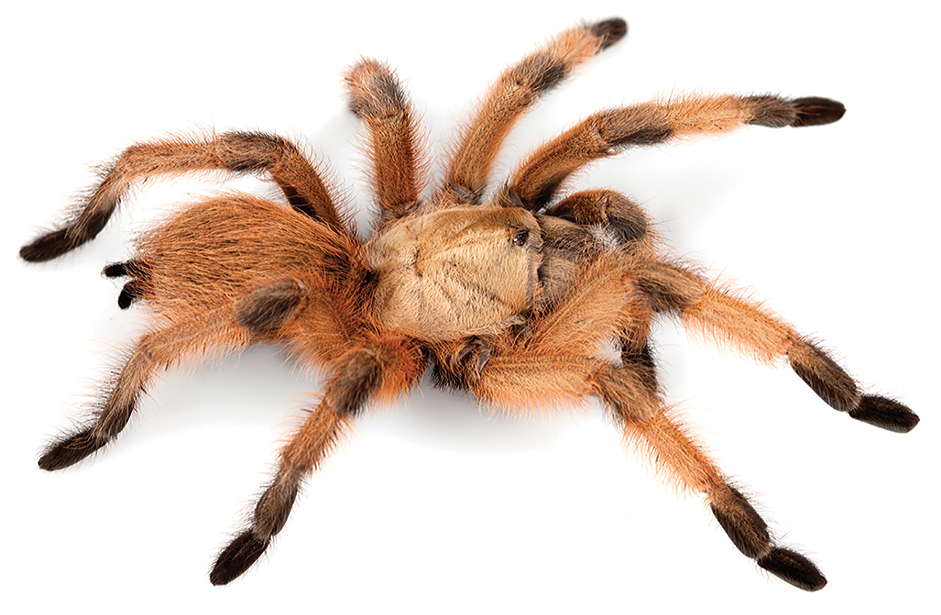
Scientific name: Aphonopelma moderatum.
Common name: Rio Grande gold tarantula.
This is a beautiful tarantula in a light brown color with black banding on the legs. They are easily recognizable for their large bodies and shorter legs.
They will create a web-lined burrow, which they will use as their shelter and a place to catching passing prey.
They are opportunistic eaters and will rather grab anything that passes their burrow, rather than going out to hunt for food.
They put a web across the door of the burrow, which helps them identify when there are predators present.
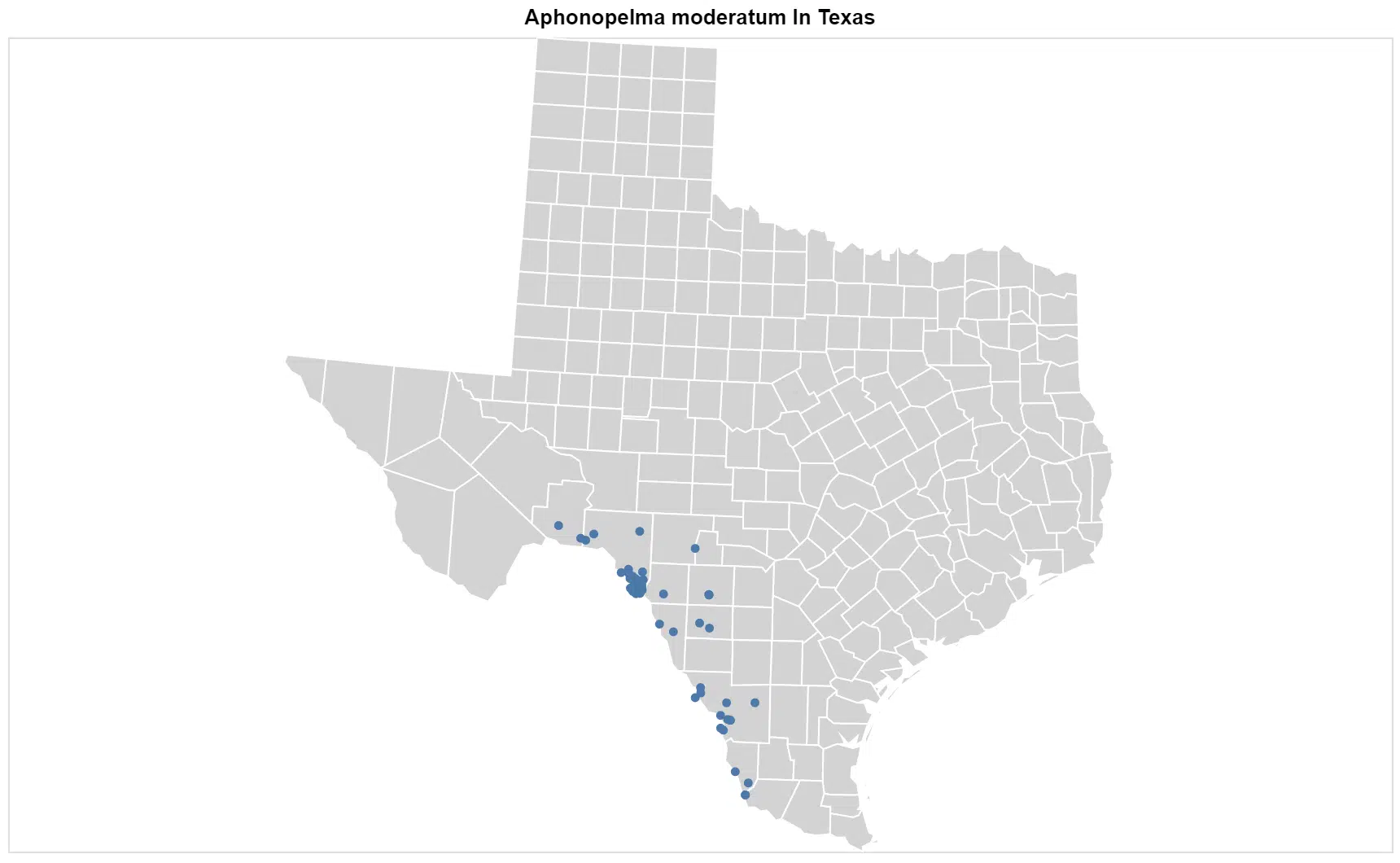
6. Aphonopelma vorhiesi

Scientific name: Aphonopelma vorhiesi.
Common name: Tucson bronze tarantula.
This tarantula is also called the Tucson Bronze and is black in color with slight orange or red on their bellies.
They have short, coarse hairs on their abdomen, which they brush off in the direction of any predators when they feel threatened.
This tarantula has a large body with small hairs that cover its legs, back, and abdomen.
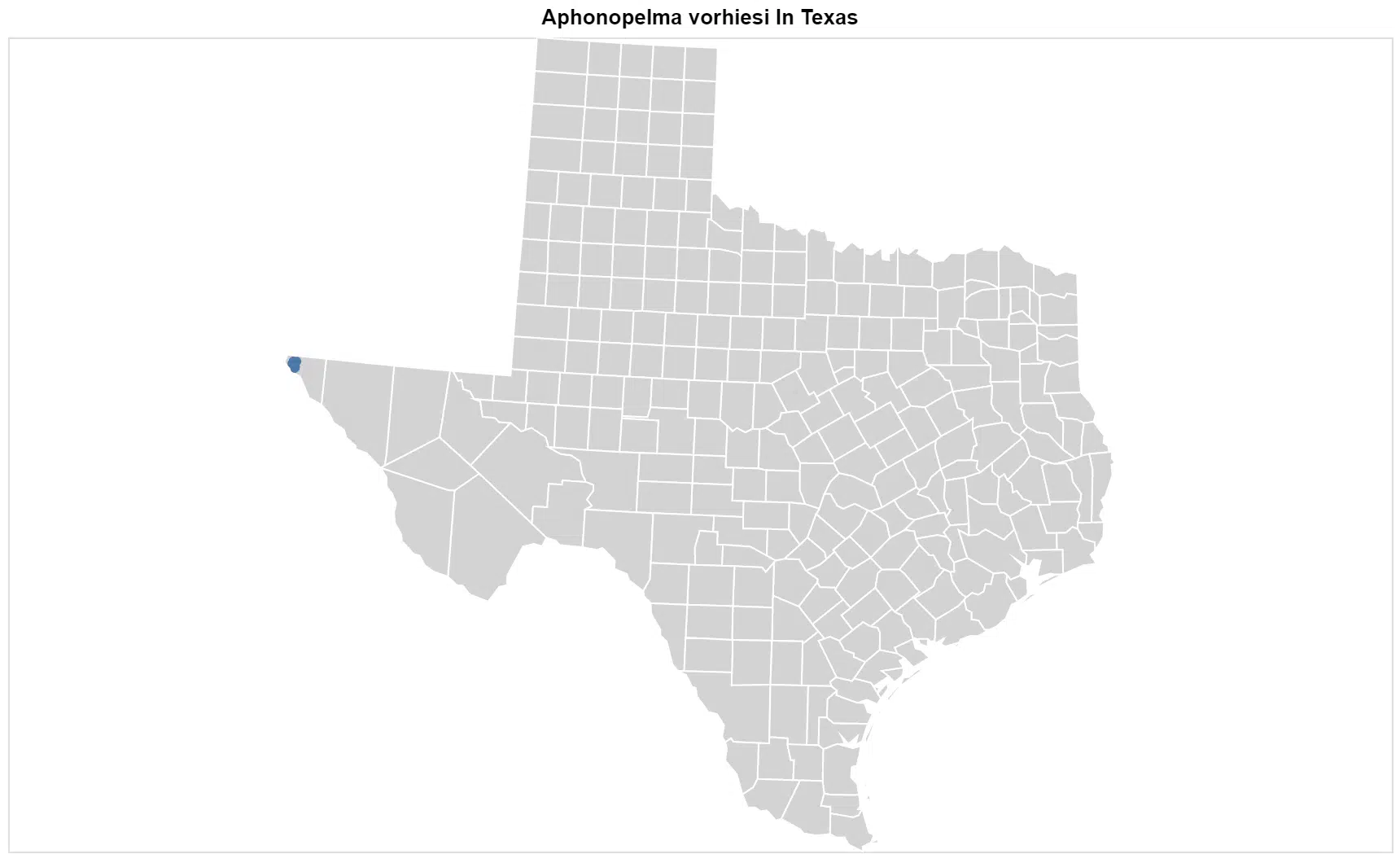
Further Reading: